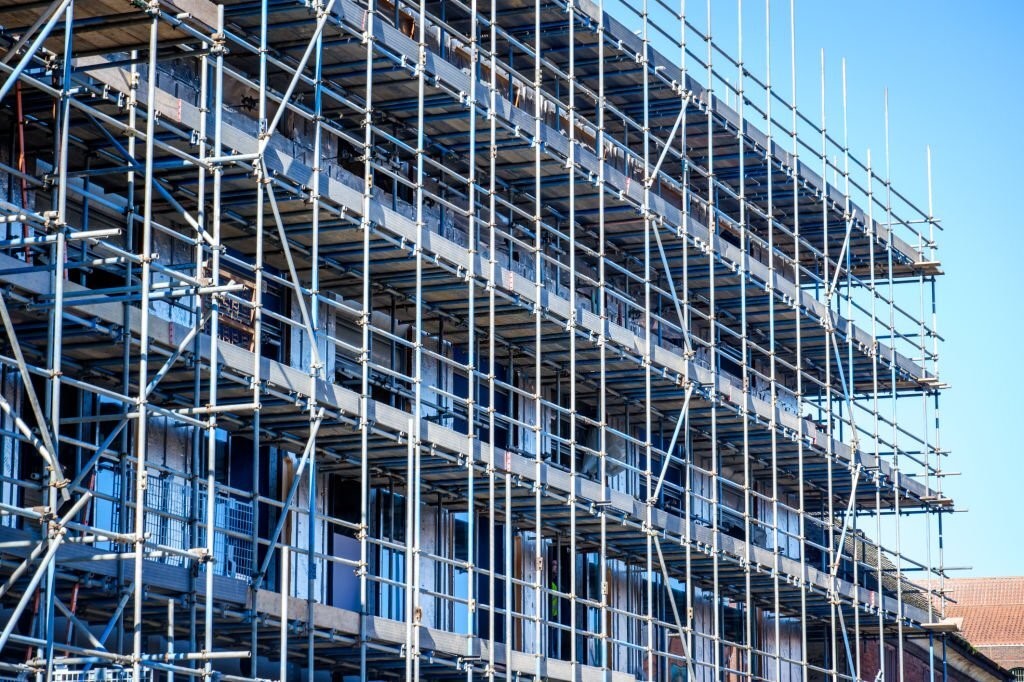
Pipe Scaffolding
Pipe Scaffolding refers to a temporary structure that is erected to provide support and access for workers during construction, maintenance, or repair work on a building, bridge, or other structure. The primary purpose of scaffolding is to ensure the safety of workers while they perform their tasks at elevated heights.
Scaffolding typically consists of a framework of steel or aluminum pipes, tubes, or poles that are assembled using various fittings and couplers. The scaffold structure is then covered with planks, boards, or decking to provide a working platform for the workers.
There are several types of scaffolding, including:
- Supported scaffolding: This is the most common type of scaffolding, which is supported by vertical poles or frames that are anchored to the ground or a building.
- Suspended scaffolding: This type of scaffolding is suspended from the roof or other overhead structures using ropes, cables, or chains.
- Rolling scaffolding: This type of scaffolding is mounted on wheels or casters, which allows it to be easily moved from one location to another.
- Aerial lift scaffolding: This type of scaffolding uses hydraulic or pneumatic lifts to provide access to elevated areas.
- While scaffolding is an essential component of many construction projects, it can also pose significant safety risks if not erected or used properly. It is important to ensure that scaffolding is installed and inspected by trained professionals and that workers are provided with appropriate safety equipment and training.
- Pipe scaffolding, also known as tube and clamp scaffolding, is a type of scaffolding system that uses steel pipes and clamps to create a temporary structure for workers to access and work on buildings, bridges, and other structures.
- In pipe scaffolding, horizontal and vertical steel pipes are connected using special clamps, which can be adjusted to create a variety of shapes and sizes. The horizontal pipes, called ledgers, run parallel to the building or structure being worked on, while the vertical pipes, called standards, support the weight of the structure.
- One of the advantages of pipe scaffolding is its versatility. The system can be configured to fit almost any shape or size of the structure, making it ideal for use in challenging or irregular construction sites. Pipe scaffolding is also relatively easy to assemble and disassemble, which can save time and money.
Scaffolding inspection is an important process that ensures the safety and stability of the scaffold structure. It involves a thorough examination of the scaffold structure and its components to ensure that they are in good condition and safe for use. The inspection should be carried out by a competent person who is trained and qualified to identify and assess potential hazards and risks associated with the use of scaffolding.
The inspection should be carried out before the scaffold is first used, at regular intervals during its use, and after any modifications or alterations have been made. The frequency of inspections will depend on the type of scaffold, the environment it is being used in, and the duration of use.
However, pipe scaffolding may not be suitable for all types of construction work. For example, it may not be the best choice for very high structures or structures with uneven surfaces. In addition, proper safety measures must be taken when working on any type of scaffolding, including pipe scaffolding, to prevent accidents and injuries.
Visit our Website: Keystone Corp NYC







